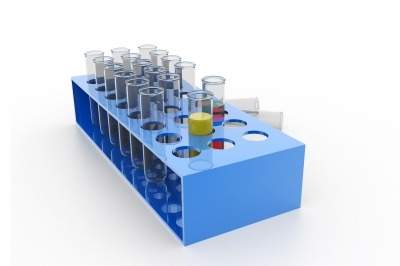
Quidel stated that the test is intended to be used with Sofia analyzer to aid in assessing Vitamin D sufficiency and is the first quantitative assay on Sofia.
The easy-to-use first-generation Sofia analyzer and its companion assays use software and fluorescent chemistry to provide automatic, objective result which is displayed on the instrument’s screen and in a hard-copy printout.
The result can be also be transmitted in electronic form that can network via an LIS system to hospital and medical center databases.
The Sofia analyzer along with the Sofia Quantitative D FIA are claimed to offer results within 10 minutes of processing the patient’s serum sample.
Quidel president and CEO Douglas Bryant said: “We are pleased to have received approval for our Sofia Vitamin D product and are excited about the opportunity to expand Sofia’s international footprint. This also demonstrates our ability to develop quantitative assays on Sofia and Sofia 2 – greatly expanding the potential pipeline and market opportunity for both products.”
Vitamin D is a fat-soluble vitamin that helps maintain serum calcium and phosphate concentrations and plays an important role in bone mineralization
This vitamin facilitates modulation of cell growth, neuromuscular function, immune function and alleviates inflammation. And, deficiency of Vitamin D has been correlated with increased risk of various health problems including, but not limited to, cancer, bone disease, cardiovascular diseases and hypertension.
Children between the ages of zero to 18 years with vitamin D deficiency may experience rickets which could result in significant decrease in growth and bone development, including a negative impact on both density and peak bone mass.
During the adolescent puberty years where rapid growth occurs, there is a significant increase in the need for vitamin D to maintain the metabolic requirements for growth.
Presently, it is estimated that vitamin D inadequacy is increasing across the world. Major causes for vitamin D inadequacy include lack of direct exposure of skin to sun without sun protection such as clothing or sunscreen, limited number of foods that naturally contain vitamin D and inadequacy of foods fortified with vitamin D.






